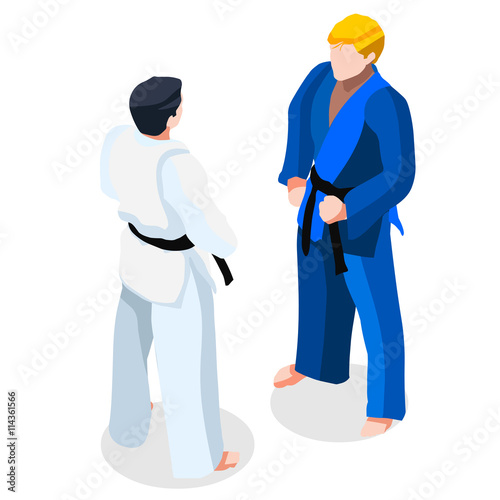Demystifying The Various Fighting Style Styles: From Karate To Taekwondo
Demystifying The Various Fighting Style Styles: From Karate To Taekwondo
Blog Article
Staff Author-Osman Francis
Are you tired of feeling overwhelmed by the vast world of martial arts? With so many designs to pick from, it can be easy to get lost in a sea of strikes, kicks, and strange names. But fear not!
This discussion will demystify the various fighting styles styles, taking you on a journey from the effective strikes of Karate to the dynamic kicks of Taekwondo. Get ready to reveal the origins, methods, and ideologies behind these ancient art types.
So, tighten your belt and prepare to start an enlightening expedition right into the captivating globe of martial arts.
Origins of Martial Arts Styles
The origins of fighting styles designs can be traced back to old worlds and their demand for self-defense and combat techniques. Throughout background, different societies established their own special methods of combating, each with its own collection of techniques and philosophies.
In China, for instance, martial arts styles such as Kung Fu and Tai Chi were developed as a means of self-defense and improving physical and mental health.
In Japan, the samurai warriors developed styles like Karate and Judo, focusing on self-control, accuracy, and proficiency of the body.
In a similar way, in Korea, Taekwondo emerged as a fighting style highlighting high kicks, quick motions, and mental perseverance.
These very early people laid the structure for the diverse range of fighting styles styles that exist today, each with its own abundant history and social importance.
Techniques and Training Techniques
To understand fighting styles designs, specialists have to discover various methods and training techniques.
Methods are the specific motions and activities used in battle, such as strikes, kicks, tosses, and obstructs. Different fighting styles designs have their very own one-of-a-kind set of methods that specialists must grasp via strenuous training.
Training approaches differ depending on the style, but they generally include a combination of physical conditioning, drills, competing, and types.
Physical conditioning is important to develop strength, adaptability, and endurance. have a peek here assist specialists refine their techniques and boost their rate and accuracy.
Competing allows practitioners to practice their techniques in a regulated, reasonable setting. Forms, likewise referred to as kata, are ironclad series of activities that assist experts establish muscle memory and focus.
Viewpoints and Concepts
Exploring the philosophies and principles of martial arts styles can give you with a much deeper understanding of your chosen self-control. Each martial art has its very own unique approach and collection of leading concepts that form the method it's exercised.
For https://formfocusedmartialartskid43320.fare-blog.com/34017721/a-newbie-s-overview-to-protection-step-by-step-recommendations , Karate highlights discipline, respect, and self-discipline. It educates experts to concentrate their body and minds, enabling them to safeguard themselves while keeping a feeling of internal tranquility.
On the other hand, Taekwondo places a solid focus on rate, dexterity, and flexibility. Its principles are rooted in the tenets of courtesy, integrity, willpower, self-control, and resolute spirit.
Conclusion
Now that you've discovered the origins, strategies, and ideologies of different martial arts designs, you have a much deeper understanding of these ancient self-controls.
Visualize a young karate pupil, exercising with undeviating decision and focus, appearing boards with a powerful strike.
Their journey showcases the commitment and stamina required to grasp a fighting style, advising us that with self-control and perseverance, anything is feasible.
